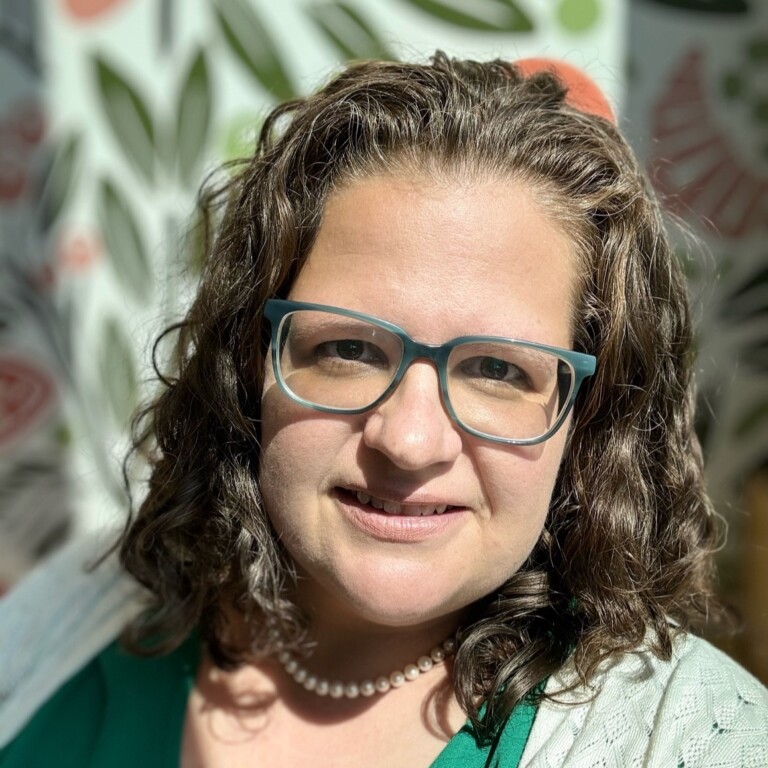Locally, and around the state, school district officials are telling parents to call their representatives in Tallahassee and oppose cutting a major funding source in half: bonuses districts receive for student performance in accelerated programs.
Schools receive the financial bonuses for every student who scores well on assessments in programs like Advanced Placement, International Baccalaureate, Cambridge, dual enrollment and career and professional education. Proposals passed in both chambers of the Legislature on Wednesday (S.B. 7030 and S.B. 2510) would cut the bonus in half.
Duval Schools estimates the change would cost the district almost $8 million — as it is already searching for $100 million in savings to balance its own upcoming budget.
Cindy Pearson, who represents District 3 on the Duval County School Board, says districts are “mobilizing” across the state. She traveled to Tallahassee with a group that included eight local high school students and a few staff members on Wednesday.
“There is absolutely concern,” Pearson tells Jacksonville Today. “It would devastate our programs here. Fifty percent is a big cut to get at one time.”
Sen. Clay Yarborough, a Jacksonville Republican who serves on the Senate Appropriations Committee on Pre-K-12 Education, did not return a message sent to his assistant by this story’s publication.
Jenna Persons-Mulicka, a Republican who represents part of Lee County in Southwest Florida, chairs the House Pre-K-12 Budget Subcommittee. During debate on the bill Wednesday, Persons-Mulicka said the proposal would not really cut districts’ funding by half because the other 50% would be returned to districts through other funding sources.
“I want to be very clear that the House is not cutting funding for AP, IB, AICE, CAPE or dual enrollment programs,” Persons-Mulicka said. “That funding is part of the base (Florida Education Finance Program) funds that follow every student down to the district.”
Local officials, including Pearson, disagree with that characterization.
“I’m disappointed with the messaging that ‘You’re not losing funds — we’re just going to take 50% and put it in this other place for you to use,’” Pearson said. “It’s going to be a lot more difficult for districts to connect the money with the student…and the schools that should actually get it.”
Paying the bills
Last year, Duval Schools received $15.6 million in bonuses for the acceleration programs it offered. The money largely goes directly to the schools whose students earn it, Pearson said, and principals have some say over how to spend it.
According to a fact sheet Superintendent Christopher Bernier’s office released, Duval Schools uses about two-thirds of that funding to pay teachers. The remainder helps pay for the costs associated with running the programs — exam fees, equipment, supplies. At Stanton, it might help pay for lab equipment and chemicals for Advanced Placement chemistry classes. At Westside High School, it might help fund virtual surgery tables for a state-of-the-art replica hospital room for students in the school’s nursing academy.
Without that funding? Pearson says it could mean scaling back, or… “Or we don’t have some programs at all.”
On Wednesday, Persons-Mulicka told the House that the funding incentives have always been meant as bonuses — and districts shouldn’t be using the money to fund the programs themselves.
“If they’re not funding the programs with the base funds, but instead funding them with these ‘add-on weights’ — they are supposed to be bonuses — each one of you should go in front of your districts and ask where are those base funds going? Why are they not following the child to the school? Why are you sweeping them and using them for other things?” Persons-Mulicka said. “Those are instructional funds and we need to make sure that the students in the state of Florida are funded appropriately and that these great programs continue to be a priority.”
Duval’s neighbors to the south are also concerned about the possibility of cuts.
St. Johns County Schools received $8.7 million for its academic acceleration programs and $4.7 million for its career and technical education offerings — and so with a 50% cut, it stands to lose about $6.7 million.
“It is a significant flow of funds for us,” St. Johns Superintendent Tim Forson tells Jacksonville Today.
Reducing the revenue stream by half would mean scaling back the programs, Forson said — but because of the county’s rapid growth, demand for academic acceleration courses like AP, IB and AICE has never been higher. And, St. Johns County’s high schools use an academy model, with specialized career education programs at each school.
“The funds that are brought back into the district are typically funds that are going to go back out for the sustainability of those programs and the growth of those programs,” he said.
About the planned increase in per-student funding, Forson — like Pearson — said it will barely cover basic additional expenses and inflation.
“The honest truth is $50 [per student] — which is what’s on the table — is really insufficient in itself,” Forson said. “So if that’s what is being used as the rationale, then I really would argue with that or dispute that.”
Forson said one of the most important things St. Johns uses the money for is to provide the specialized training teachers need in order for the district to offer those programs. Half of their teachers have been with the district for five years or less, he said.
“It’s incredibly important that the funds that come forward now are not just stipends that reward them for success in those courses — or success of their students — but it’s also for teacher learning,” Forson said. “That’s an important part of these dollars going forward.”
Around the state, the Orlando Sentinel reports that Orange County estimates it will lose almost $17 million from the change, and Broward County expects to lose more than $33 million.
State lawmakers in the House and the Senate now must work to agree on a single version of education spending, which they will then send to Gov. Ron DeSantis for final approval.







